Review for Red Dwarf: Complete Series 4 (2 Discs)
Introduction
After a couple of initial seasons of a rather safe, if very enjoyable sitcom dynamic, Red Dwarf changed things up for its third season in a big way by giving its already tenuous continuity a wholesale dump, and altering the cast members. A big change in that respect was the addition of the service android Kryten, with Robert Llewellyn really making the character dynamic on the ship a lot more complex, even if it meant that the recast Holly was relegated to comic relief instead of exposition device. Season 4 would be where this new comic dynamic would be allowed to bed in, and the comfortable sitcom of the first two seasons would gain even more sci-fi cred by taking the Red Dwarf crew off ship a lot more often. Now the most incompetent crew in the universe were truly boldly going... well in the case of Rimmer, cravenly going where no man had gone before...
3 million years in deep space, Dave Lister, the last human in the universe is trying to make his way back to Earth on the mining ship Red Dwarf, along with a hologram of his dead bunkmate Arnold Rimmer, a creature evolved from the ship’s cat, the service android Kryten, and Holly, the ship’s computer that’s crossed over the line into senility.
The six episodes of Red Dwarf Series 4 are presented on one disc, with a whole extra disc devoted to bonus features.
1. Camille
In which Lister teaches Kryten how to lie, Kryten calls Rimmer a smeee-heeee, they respond to a distress call from a crashed ship and find a survivor, Kryten falls in love, and the Cat meets his perfect mate...
2. DNA
In which the crew find a derelict alien ship, Cat gets in way over his head with alien technology, Lister turns into a chicken, then a hamster, Kryten turns into a human and has odd feelings for household appliances, and they all run from a giant curry monster.
3. Justice
In which another distress call leads to a lifepod with a frozen survivor, which may be a voluptuous female prison guard, or it may be a vicious escaped simulant, Holly suggests taking it to a prison where it may be thawed out in safety, and on the way, Lister’s head bursts, Cat loses the will to live, and Rimmer is sentenced to 9000 years for murder.
4. White Hole
In which Kryten repairs the Talkie Toaster, Holly gets her IQ rebooted, but her lifespan shortened, Red Dwarf suffers a power failure, Cat learns that you can’t fry eggs with a hair dryer, and the fate of everyone may just lie in Lister’s ability to play pool.
5. Dimension Jump
In which Ace Rimmer, hero of the cheese dimension sets forth on a mission to the smeg dimension to find his alternate self, triggering a Purple Alert on Starbug which is taking the crew on a fishing vacation, the subsequent crash causes Cat to bleed an unfashionable colour, a hero does what he has to do, and Arnold Rimmer learns a whole new form of self-loathing.
6. Meltdown
In which Kryten discovers a matter paddle that instantly transports the crew to a planet where Rimmer can finally display his military acumen, where Lister witnesses something no man should ever see, where the Cat’s impudence makes Lister’s face ache, and where Rimmer becomes an expert on the human digestive system.
Picture
Red Dwarf IV gets a 4:3 regular aspect ratio, and it comes from a tape source. Hence the image quality is never going to challenge the limits of the DVD format, and what we get here is just as watchable as it was when it was first shown on TV, complete with the after-burn typical of reflections flaring on screen. The move to Shepperton studios ups the production values yet again, with set design becoming more atmospheric and 3-dimensional. With a collection of stock shots in the bag, the creators find time for more varied ships, worlds and space stations and the result is a show that looks even bigger and better.
Sound
The sole audio track is a DD 2.0 Stereo affair which once again reflects the television of the period. The all-important dialogue is clear throughout, and subtitles are provided for the show if you need them as well as all the extras on disc 2. Unfortunately there are no subtitles for the audio commentaries.
Extras
Red Dwarf Series 4’s two discs are presented in an Amaray case with the second disc held on a hinged panel. Inside the front of the case, you’ll find a twelve page collector’s booklet with a list of disc contents, although Easter Eggs are just alluded to, rather than listed in detail. There is an overview of the fourth series, and each episode gets a page worth of making of. There are also items of note and points of trivia, and finally a chapter listing.
Disc 1 presents the episodes with an animated menu. There is an Easter Egg somewhere that offers a bit of Comic Relief footage.
There are cast commentaries on all six episodes, as Craig Charles, Danny-John Jules, and Chris Barrie get together with Robert Llewellyn and Hattie Hayridge to talk about the shows. When the shows get funny, don’t be surprised if they wind up watching the gags with you instead of talking. They are still great fun to listen to, recorded as they are after sufficient time for critical appraisal to sink in, with some less than diplomatic anecdotes.
Disc 2 has the rest of the extras, beginning with the Built to Last making of documentary. In it the cast and crew chronicle the story of the fourth series, beginning with the movie from Manchester to Shepperton studios, and the added production value it brought to the episodes. It begins with a general overview of the series, and then takes us through each of the episodes one by one. (74 minutes)
The rest of the extras are in the Bonus Material menu, offered here in annoying animated and convenient text form.
There are 11 minutes of Smeg-Ups, with the cast goofing around and making mistakes, and there are also 21 minutes worth of Deleted Scenes from all six episodes, presented with text captions putting them into context and listing just why they were deleted.
There are a couple of trailers for Series 4, rescued from a fan’s meticulously hoarded VHS tapings.
An Easter Egg on this disc finds animated Ed Bye, Rob Grant, and Doug Naylor chatting about Dimension jump for a couple of minutes.
Lurve is a 3-minute montage of all things romantic, taken from the first 8 series of Red Dwarf, set to a Brit Pop backing track.
Can’t Smeg Won’t Smeg is the comedy edition of Can’t Cook Won’t Cook, hosted by erstwhile GELF bride Ainsley Harriott, in which Kryten and Lister compete with Rimmer and Dwayne Dibley (Cat’s too cool to team up with goalpost head) to create the perfect curry for Kristine Kochanski. Filmed around about Season 7 time, this show lasts 26½ minutes.
Ace Rimmer: A Life in Lamé lasts 11 minutes, and a star-struck Holly takes us through the key moments in the hero’s journey through the Red Dwarf canon.
There is a Gallery, with 3 sets of Production Stills, Effects shots and Video Sleeves, and Instant Snap Shots to peruse.
We get more Audiobook clips, as read by Chris Barrie, extracts from Better than Life, which elucidate on Planet Pool and Talkie Toaster, events from the White Hole episode.
There are a wodge-load of music cues from this season to listen to, including the Hammond Organ version, and the Elvis version of the theme song.
Finally there are 7 minutes of model shots, with footage of Starbug, Mimas, Ocean World, Justice World, and Pool with Planets.
Conclusion
The critic in me was all set to sink his teeth into Red Dwarf Series 4. After all, what I loved most about the first two series of the show would never be repeated, the characters were subtly different, and this season saw the debut of Ace Rimmer, cheese personified, and never my favourite character in the Red Dwarf universe. There are always little niggles about the continuity, always nits to pick about logic holes in the various episodes, and I was sure I could produce a detailed and concise critique about all that was good about the fourth series, and all that wasn’t. Then my inner Red Dwarf fan woke up, and slapped the critic around, told him to shut up and just enjoy the show. And that I well and truly did. I’ve said it before in other comedy reviews that while I may love a show at first acquaintance, the second or third time around, it will just make me wince in embarrassment, anticipating corny lines or awkward situations. With the average US sitcom repeat, I will spend half the time changing the channel away from impending cheese. With Red Dwarf Series 4, I was laughing uproariously throughout, perhaps even more than the first time that I saw it. It’s still hilarious today, and every single micro-metered line is honed to perfection. We have a cast at the top of their game, and there isn’t a single frame of dead weight in the show.
It’s hard to pick a favourite in this series; the episodes are all so good. While the previous series introduced genetically engineered life-forms as a menace, with the Polymorph that wreaked havoc on the crew, this series would add character to the various other inhabitants of the universe, beginning with the pleasure GELF Camille, the perfect partner to whoever she devotes her attention to, and a motivating force in getting Kryten to break his programming once more. Highlights have to include meeting Cat’s perfect partner. DNA’s brilliance once again focuses on Kryten’s character, introducing him to all the pitfalls and grubby bits of being human, yet the show gets stolen by a giant curry monster, and a midget cyborg Lister.
Justice introduced us to the big foe of the Red Dwarf universe, the simulants, which my stupid spell-checker keeps autocorrecting to stimulants. This Rimmer focussed episode explores the guilt ridden aspect to his psyche, and is memorable for the spirited defence that Kryten delivers to get him free, and Lister with space mumps. White Hole is a top episode full of classic moments, from the return of Talkie Toaster, to Holly’s intelligence enhancement, Cat cooking eggs with a hair dryer, and of course the classic pool with planets.
Dimension Jump of course is the debut of Ace Rimmer, the cheese topped escapee from the Top Gun dimension. He is still cringe-worthy, but I now realise that is what makes him so funny, and once again the joy is in how it reflects on Arnold Judas Rimmer. But for me it is the final episode, Meltdown, which is the best of the bunch. Once again it’s about Rimmer, but in a sitcom, there comes a certain comfort zone where familiar characters start slotting together in a comfortable sofa shaped melange. The edge comes off the antagonism, and a rut sets in. Meltdown serves to remind us all just how much of a smeghead Rimmer actually is. It also has the best ending for a Red Dwarf episode, and indeed the best possible way to end the series. The irony is that this show was going to be the season opener, but its subject matter, the war on Waxworld, was a little too close to the bone during the first Gulf War which was happening at the time. It was shifted to the end of the run, by which time Saddam had been defeated. Yet when the commentary for this episode was recorded, Gulf War II: The Sequel was on, a point not lost on the commentators. And as they quite rightly point out, this episode’s message is ever relevant.
Season 4 established many of the tropes and catchphrases of the series, including some which had started in the previous one like the Space Corps Directives. In this series we get the Android Sayings, and “An excellent suggestion sir, with two minor drawbacks...”, and Kryten’s spare heads. Does it matter that they try, and fail to replicate the Flintstones scenes with Tales of the Riverbank? Do we really need to know how an incorporeal hologram can ride a motorbike? Is it disappointing that Holly gets relegated even further into the background, except for the excellent White Hole episode? Does it matter that we never actually get to see the demise of Winnie the Pooh? Actually the reality would never live up to Lister’s reaction to it.
I love Series 1 and 2, and always will, but I’ve come to accept what followed after as a fundamentally different show, with a larger scope, and able to do a lot more with its premise. Series 3 was where the ‘new’ Red Dwarf bedded in. Series 4 is where it reaches its pinnacle. Fortunately that pinnacle becomes something of a plateau. Sheer comedy brilliance!
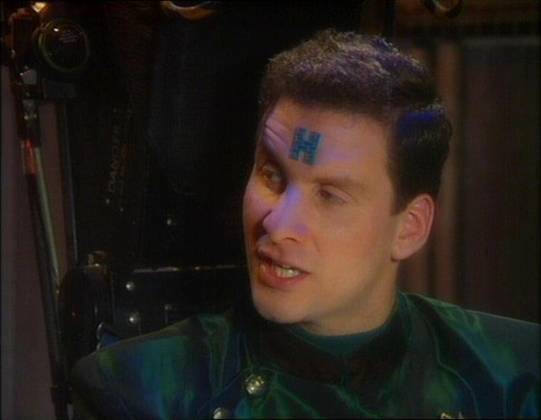

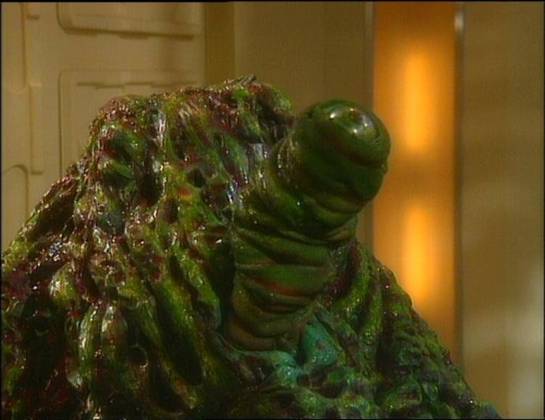
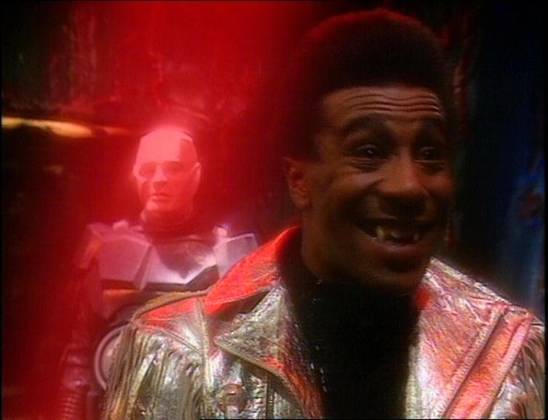
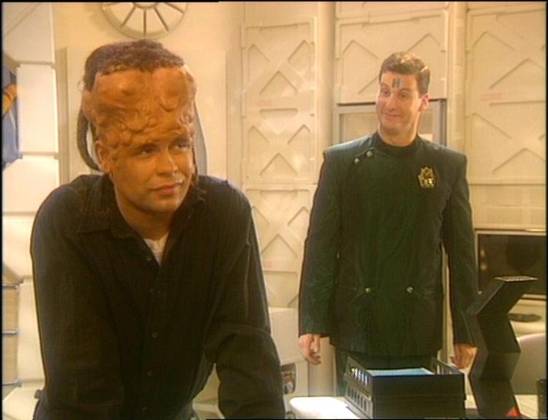
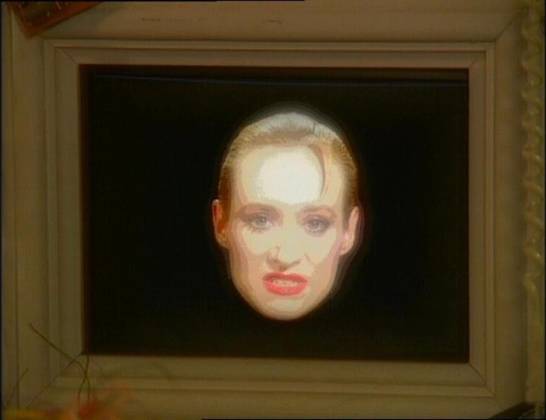
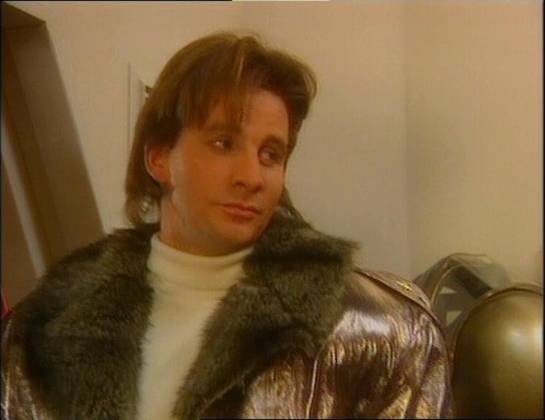
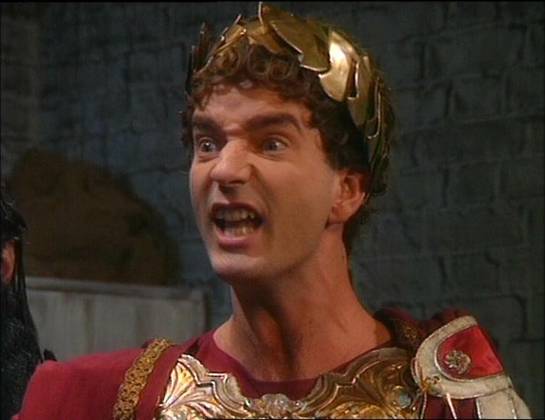
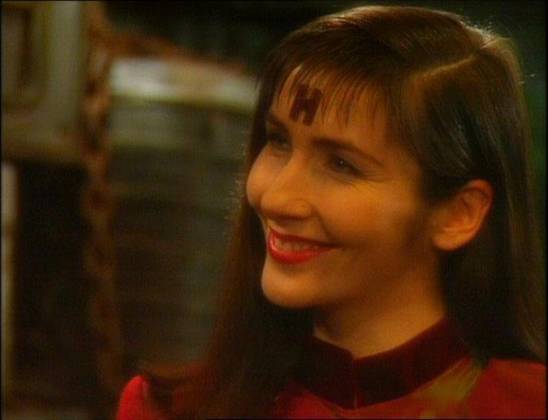
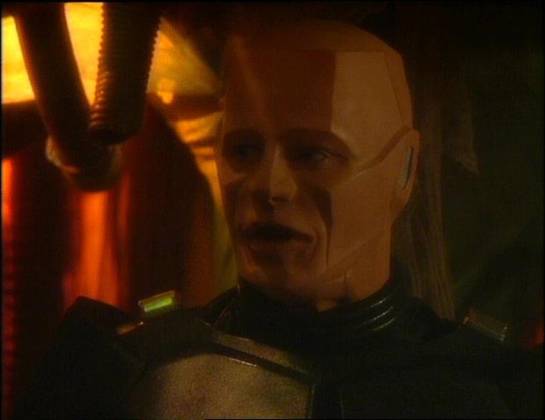
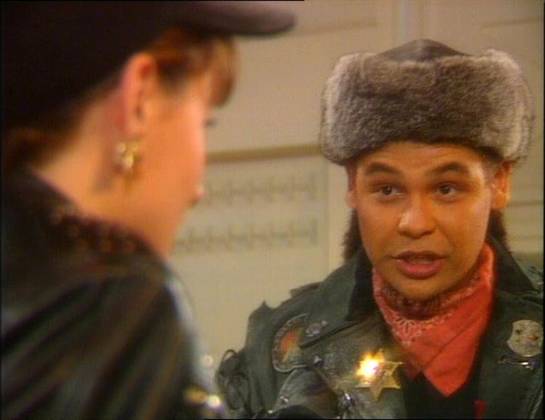
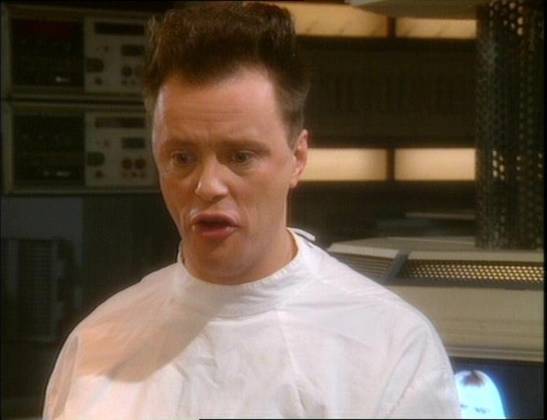

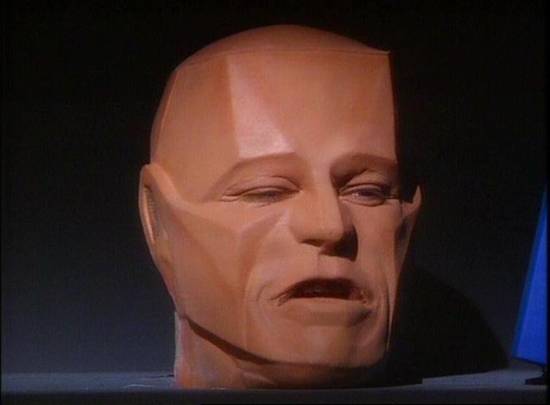

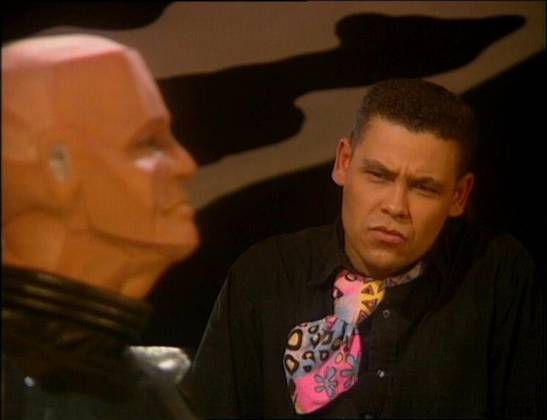
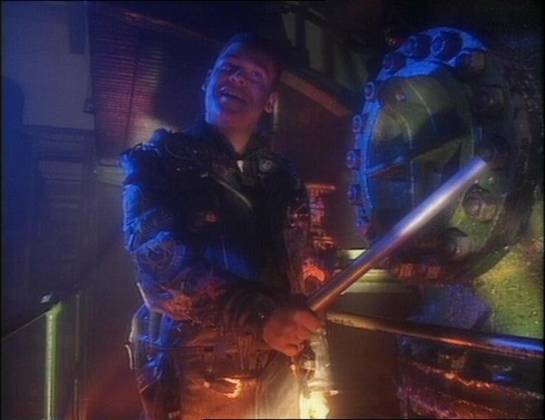
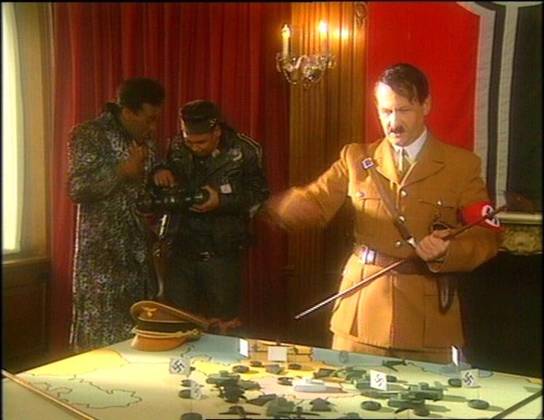
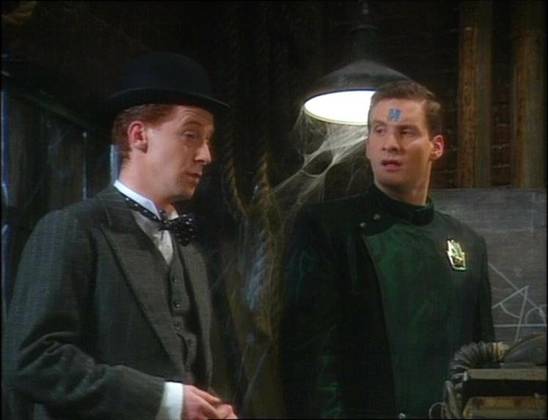
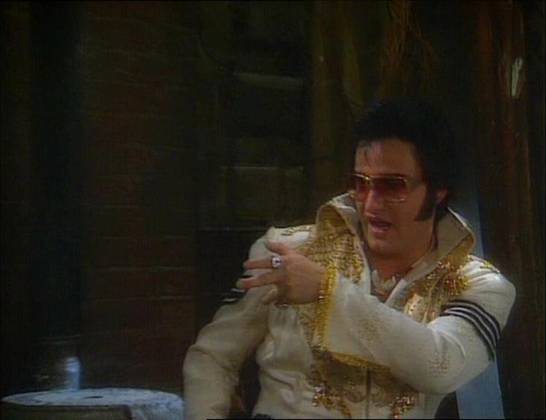
Your Opinions and Comments